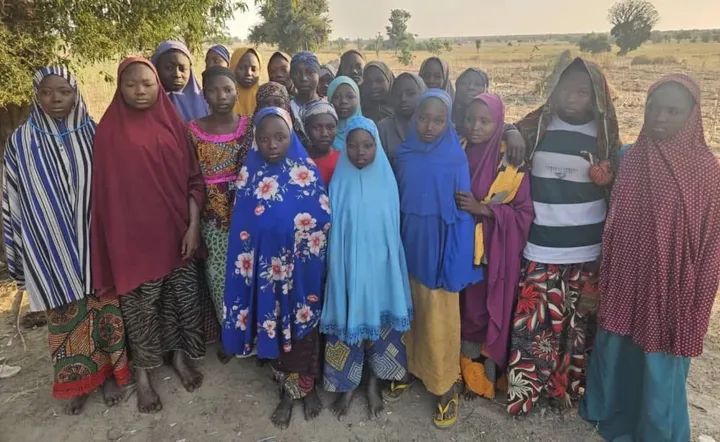The intricately sorted data has debunked misconceptions about the rights of women in J&K especially Kashmir being “restricted” by the male dominance before August 2019.
PUTTING speculations to rest, fresh figures have revealed that women in Jammu and Kashmir are more advanced in using technology like cellphones than their counterparts in the much populous and progressive metropolitan cities of India.
This was revealed by a new data by Stats of India—an independent e-resource providing socio-economic statistical information of India.
According to the data, 75.2 percent women in Jammu and Kashmir own a mobile phone which is the 12th highest ratio in India.
In contrast, the ratio of women cellphone owners in metro cities including Delhi (73.8 percent) is much lower than J&K’s total average.
The data has further revealed an average difference of approximately 20 percent between J&K and several top metropolitan states.
The intricately sorted data has also debunked a common myth expanding among other states in India about the rights of women in J&K especially Kashmir being “restricted” by the male dominance before August 2019.
A dissection of the data by Kashmir Observer makes it quite clear that most of the states raking up “women rights in Kashmir” are actually the ones where women ownership of a mobile phone is quite low — 46.5% for Utter Pradesh, 50.4% for Haryana, 50.1% for West Bengal, 48.1% for Gujarat and 50.2% for Rajasthan.
However, from the last NFHS (National Family Health Survey)-4 survey (2015-16), most states have made gains in women cellphone ownership.
In the 2015 survey, only four states had above 75% women with mobile phones while as in the latest survey, 12 states are above 75%. In the previous NFHS survey, J&K’s recorded ratio was 54 percent.
The latest data has also revealed that top states/UT’s like Uttarakhand, Chandigarh, Punjab, Karnataka, Maharashtra, Bihar, Jharkhand, Andhra and Madhya Pradesh are all lagging behind J&K in terms of women owning a mobile phone.
Quality journalism takes a lot of time, money and hard work to produce and despite all the hardships we still do it. Our reporters and editors are working overtime in Kashmir and beyond to cover what you care about, break big stories, and expose injustices that can change lives. Today more people are reading Kashmir Observer than ever, but only a handful are paying while advertising revenues are falling fast.





